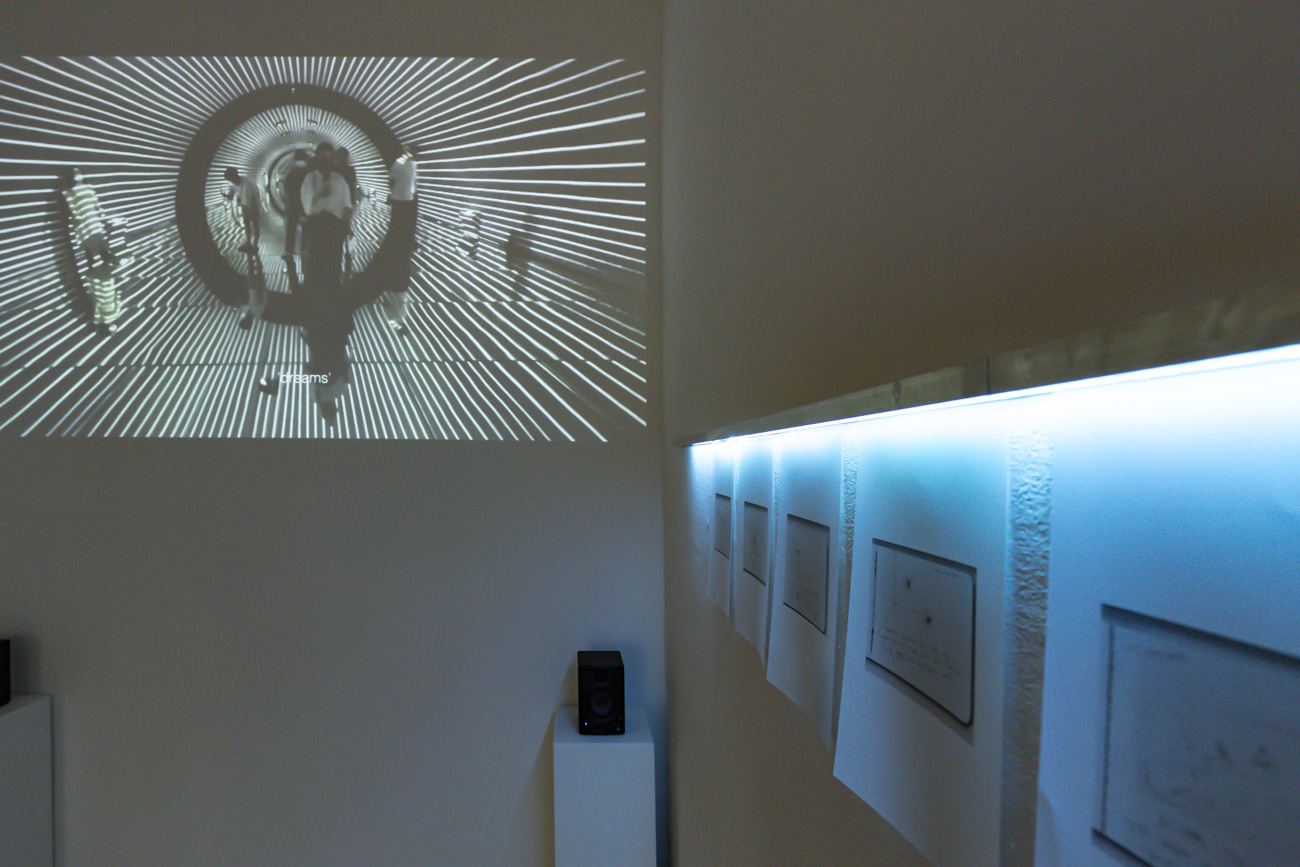Text by Lyndsey Walsh
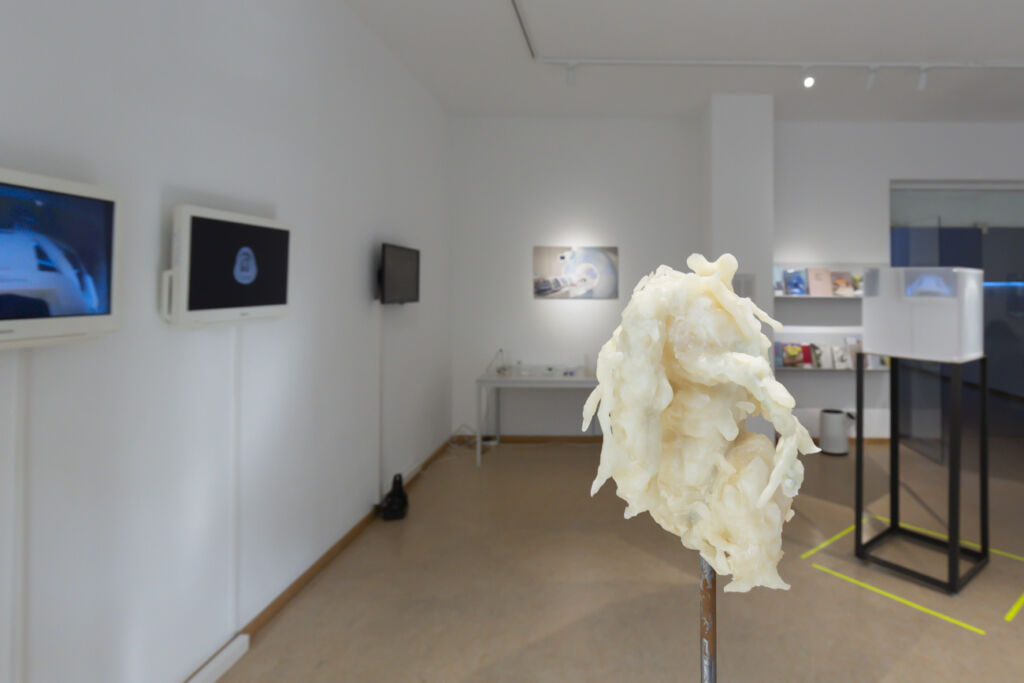
Art Laboratory Berlin’s exhibition Artificial Consciousness Exposing the Invisible: Data, Rendering and Code catalogs the extensive journey of artist and researcher HyungJun Park to expose the invisible phenomena emerging from interconnected experiences between humans, machines, and other non-human agents.
Curated by Art Laboratory Berlin’s Tuçe Erel alongside curator and art & science researcher Juha Lee, the solo exhibition features three of Park’s artworks developed over the last fifteen years of his career. The immensity of labour that has gone into the development, research, and production of Artificial Consciousness becomes quickly apparent when viewing the works, and Erel and Park revealed during the press preview that the development of the exhibition has been many years in the making, citing that their professional collaborative relationship began sometime in 2018.
Artificial Consciousness reaches out to grasp what we often believe to be intangible and inexplicable and explores how data, rendering, and code can be used as tools of articulation. The exhibition features three of Park’s works emerging from his larger artistic research projects entitled Somniloquy, I am an Artefact, and Utopia. Alongside these pieces, the exhibition program also features a two-day workshop and an interactive performance by Park called InsideOut, which took place during the opening night. During the performance, participants could engage with the artist from outside of the gallery window by wearing a finger pulse measurement device, which would take their pulse data, transfer it to the artist via an electrode muscle stimulator, and influence the movement of the artist’s left arm depending on the participant’s heartbeat.
In addition to Park’s performance, his artworks mediate experiences of similar invisible presences and ways of perceiving. His work Utopia offers viewers an interface for exploring visual sensing from a perspective similar to a spider. Using analog monitors in combination with a specially designed funnel, Utopia allows viewers to perceive the world around them by facilitating an experience of seeing two different scenes on two monitors simultaneously and independently of each other while also listening to an accompanying soundscape. Park has left the monitors’ inner mechanics exposed, giving the audience a visual parallel between the structure of the human eye and the technologically mediated production of an image.
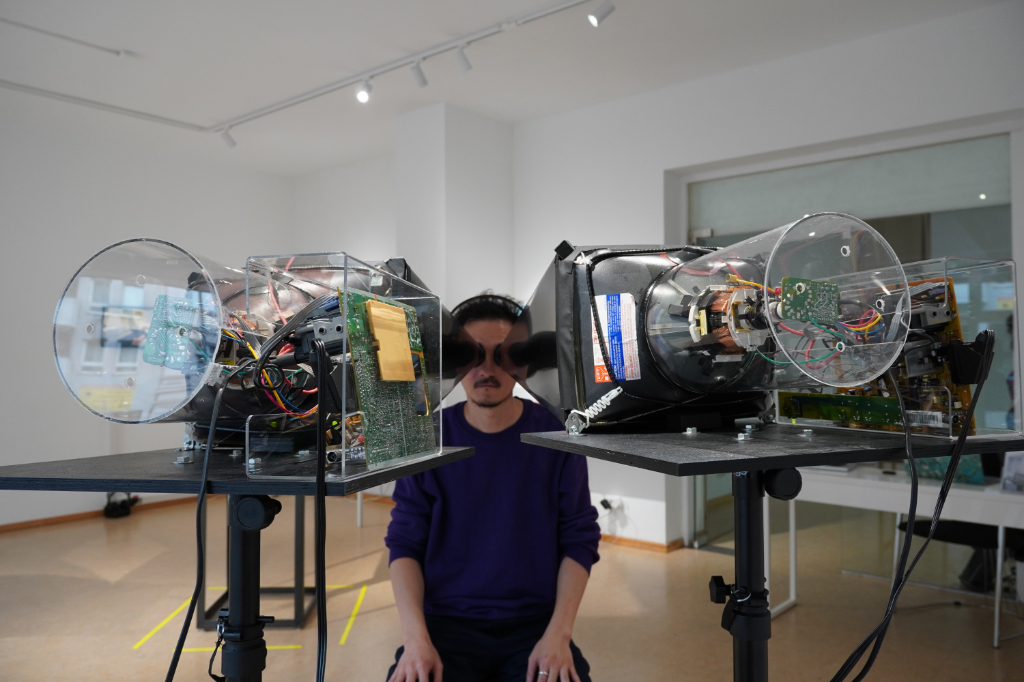
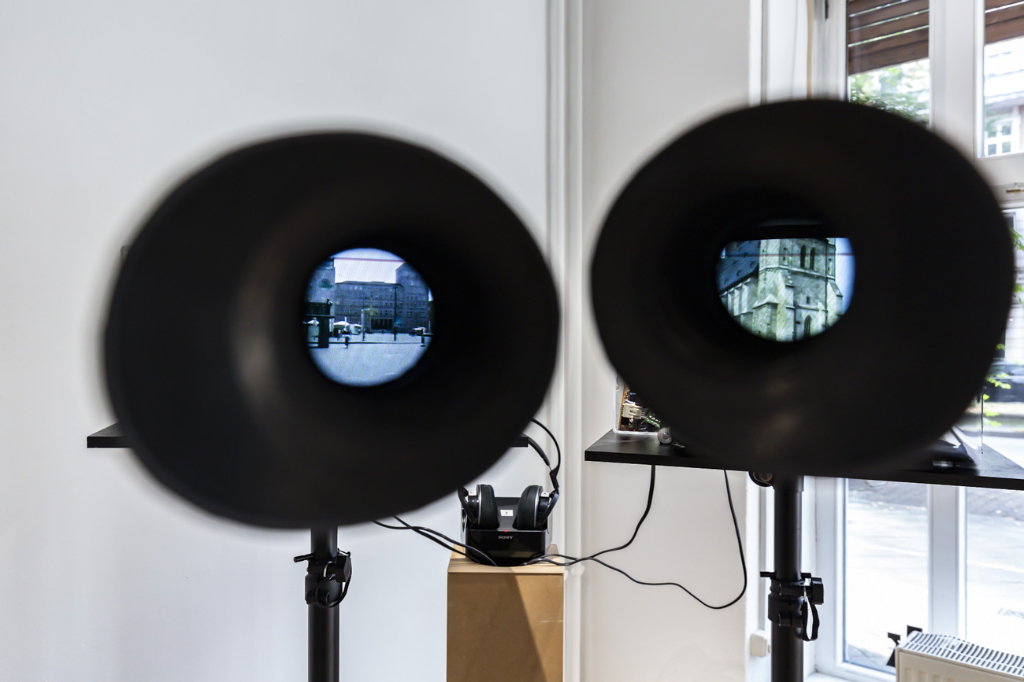
While this experience of simultaneously viewing different scenes can be overwhelming, Utopia attempts to explore the expandability of our human sensing. The work, created in 2008, focuses on human-non-human sensing and perception, which remains a prominent interest in cultural discourse. Projects, such as Hybrid Webs by artist Tomás Saraceno, have looked at the interwoven landscape of sensing and cognition between human and non-human worlds, and Spider-Man’s “Spidey-sense” is well cemented in pop culture with its famous depiction of a super-human and superhero potential characterised by a more-than-human ability to perceive the world around us.
The role of vision in Park’s work remains continually evolving. In I am an Artefact, the artist examines the soul, working speculatively and collaborating with scientists to seek out its location in the body. Using his own body as a site of investigation, Park employs the inquisitive gaze of technology in his search, subjecting himself to MRI scans, which he used to create renderings of his heart, head, and forefinger. These sculptures are each formed using different materials, as Park also questions the meaning assigned to a soul and speculates on its materiality concerning organic and artificial substances.
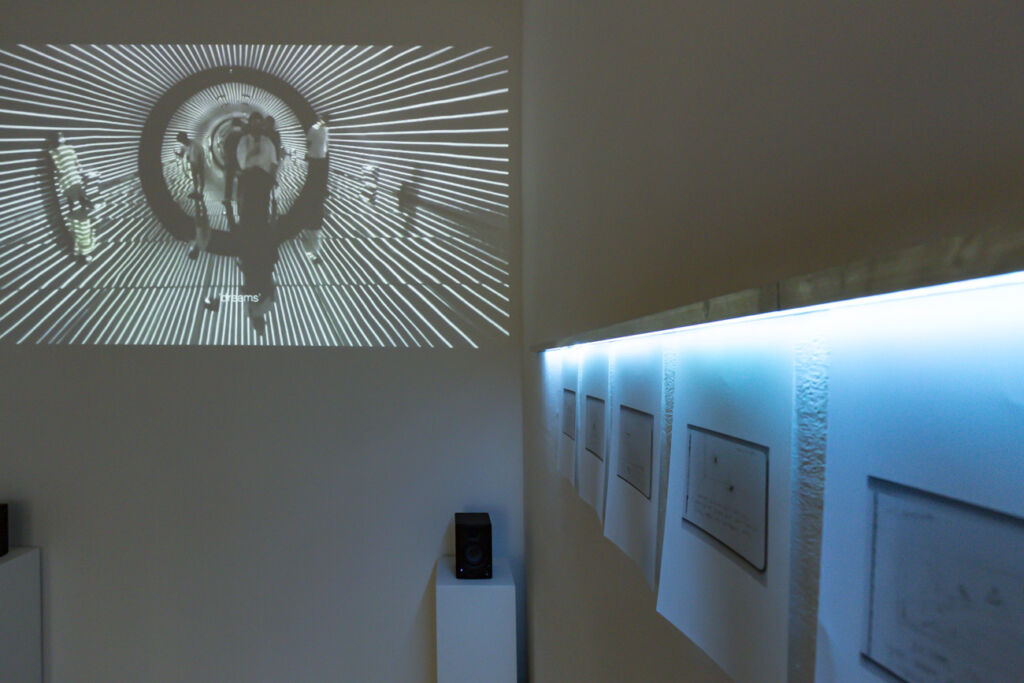

Park’s I am an Artefact references a larger history of the human pursuit to find the location of a soul by the likes of the Ancient Egyptians, Plato, Aristotle, René Descartes, and even Leonardo da Vinci. However, the work also aligns with some more contemporary concerns, as the materiality of the soul in the framework of the mind and body has had an important role in contemporary discourses on human and machine relations. This has stemmed from 20th Century Philosopher Gilbert Ryle’s critique of Descartes’ Mind-Body dualism, which Descartes originally used to explain how the mind and the body are distinct and tangible entities. Ryle’s critique of Descartes led to the emergence of the term the ghost in the machine, in which Ryle argued that the mind cannot be reduced to the same material and physical reality of the body.
Considering the ghost in the machine, Park’s search, material experimentation, and speculation of the soul prompt questions about its potential existence outside of our flesh. Philosopher Arthur Koestler’s 1967 book The Ghost in the Machine further expanded upon Ryle’s term by examining how the illogical fallacy of mind-body dualism can be explored through the tendency for human self-destruction. Koestler’s work has also inspired the Cyberpunk media sensation Ghost in the Shell by Masamune Shirow, which takes a sci-fi look at the potential reality and implications of having the soul exist in a cyborg shell or artificial body.
With the rising power and presence of AI, fictional sci-fi explorations of mind-body and human-machine relations like in Ghost in the Shell are becoming increasingly relevant to our current reality. Park’s most recent work, Somniloquy brings to life this complicated interplay between the mind, body, and machine. The work features Park’s own dream diary, which he has kept exploring human and machine consciousness. Using machine learning and AI, Park uses his dreams and his own collection of images to create a unique dataset that generates absurd narratives, prompting viewers to question whether the AI, through a subjective and intimate relationship with Park, can also dream. The work additionally calls into question the ethics involved in the use of datasets that give AI its cognitive power.
From the human soul to spider vision and the possibilities of the dreaming machine, Artificial Consciousness seamlessly amasses a collection of artistic investigations generating new understandings about how we perceive and generate meaning from experiential differences in our constantly evolving world.

